
Filter News
Area of Research
News Type
News Topics
- (-) Advanced Reactors (6)
- (-) Bioenergy (26)
- (-) Biomedical (23)
- (-) Cybersecurity (5)
- (-) Neutron Science (39)
- 3-D Printing/Advanced Manufacturing (51)
- Artificial Intelligence (51)
- Big Data (29)
- Biology (43)
- Biotechnology (14)
- Buildings (35)
- Chemical Sciences (36)
- Clean Water (13)
- Composites (17)
- Computer Science (72)
- Coronavirus (9)
- Critical Materials (11)
- Education (2)
- Emergency (3)
- Energy Storage (33)
- Environment (70)
- Exascale Computing (27)
- Fossil Energy (4)
- Frontier (25)
- Fusion (19)
- Grid (23)
- High-Performance Computing (63)
- Hydropower (1)
- Isotopes (28)
- ITER (6)
- Machine Learning (22)
- Materials (53)
- Materials Science (46)
- Mathematics (7)
- Mercury (3)
- Microelectronics (2)
- Microscopy (13)
- Molten Salt (1)
- Nanotechnology (11)
- National Security (38)
- Nuclear Energy (20)
- Partnerships (29)
- Physics (12)
- Polymers (8)
- Quantum Computing (24)
- Quantum Science (34)
- Security (10)
- Simulation (22)
- Space Exploration (7)
- Statistics (4)
- Summit (23)
- Transportation (28)
Media Contacts
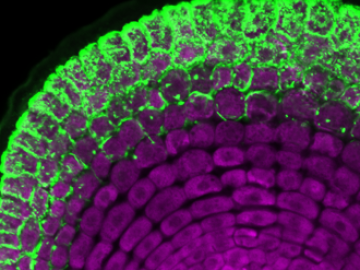
An ORNL team has successfully introduced a poplar gene into switchgrass, an important biofuel source, that allows switchgrass to interact with a beneficial fungus, ultimately boosting the grass’ growth and viability in changing environments.
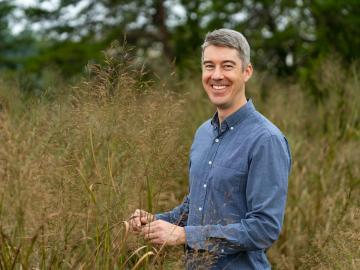
For ORNL environmental scientist and lover of the outdoors John Field, work in ecosystem modeling is a profession with tangible impacts.

As a medical isotope, thorium-228 has a lot of potential — and Oak Ridge National Laboratory produces a lot.

Four first-of-a-kind 3D-printed fuel assembly brackets, produced at the Department of Energy’s Manufacturing Demonstration Facility at Oak Ridge National Laboratory, have been installed and are now under routine operating
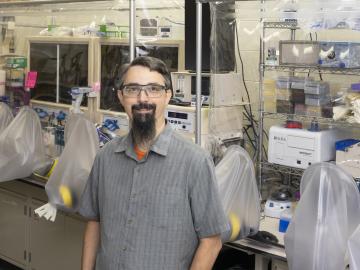
As a metabolic engineer at Oak Ridge National Laboratory, Adam Guss modifies microbes to perform the diverse processes needed to make sustainable biofuels and bioproducts.

ASM International recently elected three researchers from ORNL as 2021 fellows. Selected were Beth Armstrong and Govindarajan Muralidharan, both from ORNL’s Material Sciences and Technology Division, and Andrew Payzant from the Neutron Scattering Division.

Scientists at ORNL and the University of Wisconsin–Madison have discovered that genetically distinct populations within the same species of fungi can produce unique mixes of secondary metabolites, which are organic compounds with applications in

Scientists at ORNL and the University of Tennessee, Knoxville, have found a way to simultaneously increase the strength and ductility of an alloy by introducing tiny precipitates into its matrix and tuning their size and spacing.
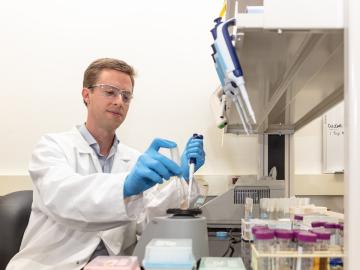
In a step toward increasing the cost-effectiveness of renewable biofuels and bioproducts, scientists at ORNL discovered a microbial enzyme that degrades tough-to-break bonds in lignin, a waste product of biorefineries.
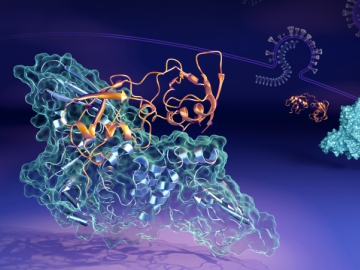
Scientists at Oak Ridge National Laboratory have uncovered how the SARS-CoV-2 virus evades the human immune system by studying the interaction between a viral protein (PLpro) and a key immune protein (ISG15). These insights could guide the development of therapeutic drugs to block this interaction, enhancing the body’s ability to combat the virus.


